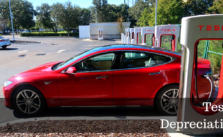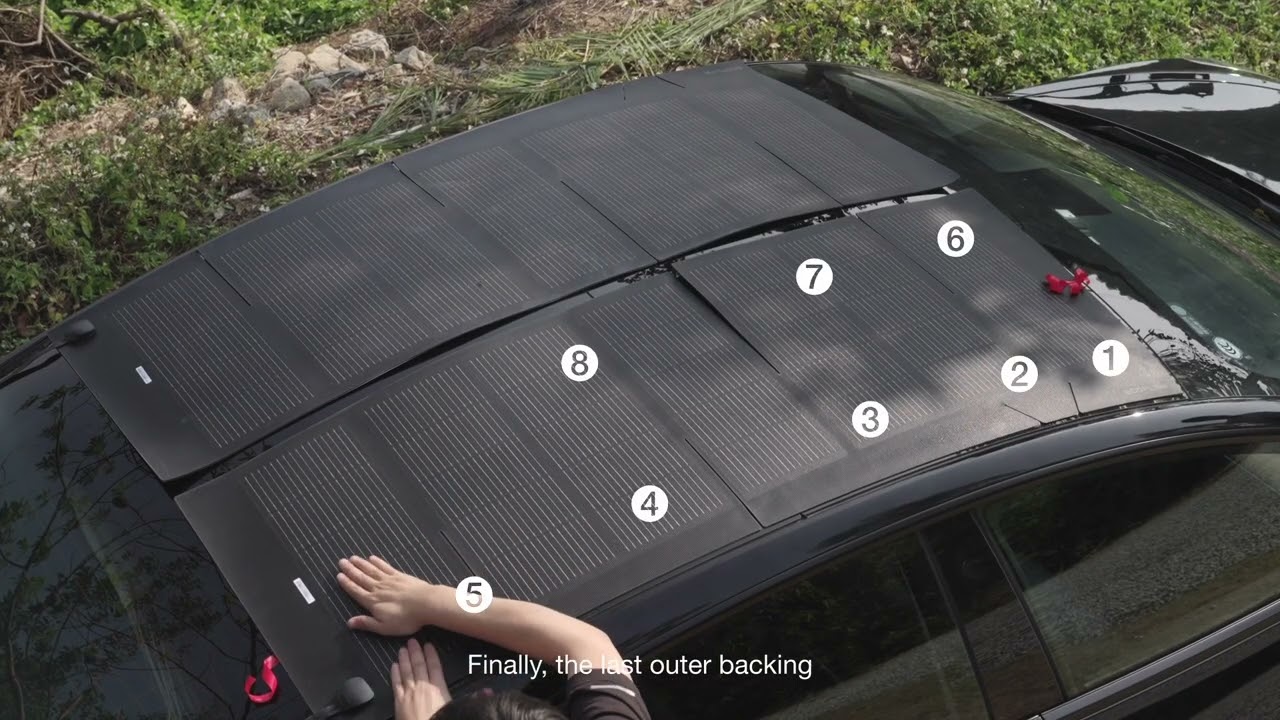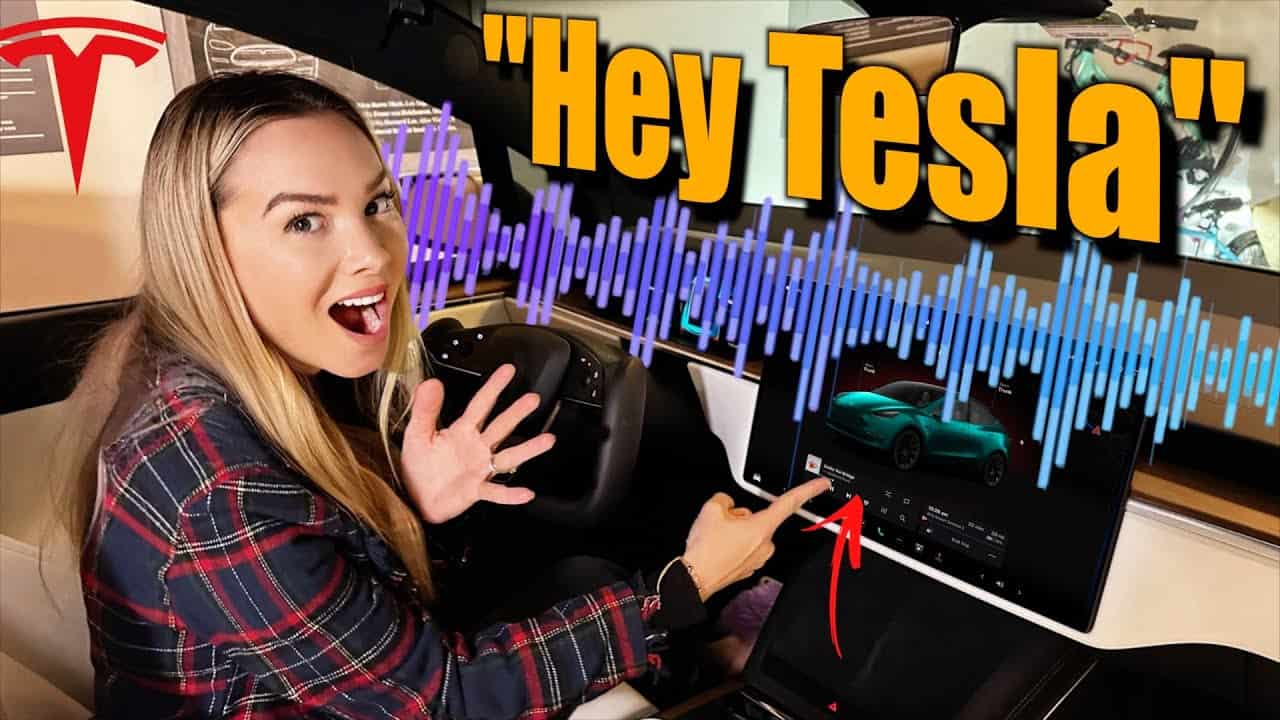Another title we could have come up with for this article is “Tesla and the Electrifying Economics of Depreciation” – but at the heart of what we’re getting at is the fact that the auto industry’s economic foundation is vehicle depreciation, and as such it plays a major role with regard to many elements in the industry.
From financing/leasing monthly payments to rideshare rates and, in fact, select parts of the rental car sector, vehicle depreciation affects the economics that are highly dependent on a vehicle’s residual value (i.e. the value of a motor vehicle after some period of use).
Into this foray has come what is known as “depreciation modelling,” a sector of commerce analysis that’s been changed into something resembling empirical science by a fresh generation of connected, electric and increasingly software-driven automobiles – all of which are embodied by today’s Tesla cars.
Indeed, these “connected-EVs” are poised to cause an inherent rift in the way vehicles depreciate, and because of factors like battery degradation, electric drivetrains, constantly evolving technological innovation on both the software and hardware levels and routine wireless software updates (much like modern 4K “Smart TVs”), the real-time condition of a car is becoming easier to discern.
Here’s what is important to know in this case: While the fundamental factors surrounding the market that ultimately influence depreciation – reliability, raw appeal, lifespan and operational costs – are most likely going to remain unaffected, the characteristics of connected electric vehicles like Teslas, along the same dimensions, will be radically different.
In the following paragraphs, we’re going to take a closer look at each of these elements and the impact they may potentially have on Tesla depreciation and valuation.
Reliability and Operational Costs
Beyond the positive notation that they will last for many years, today’s connected electric vehicles (the aforementioned “EVs”) such as those sold by Tesla demand very little maintenance.
The fact of the matter is, the electric drivetrain’s nature is more akin to a laptop computer’s hard drive than a classic internal combustion engine – that means no timing belts, oil changes, gaskets, transmission and, taking wiper fluid out of the equation, no liquids to replace. We’re talking about a constant rotation process here.
What does this mean? Essentially, vehicles boasting hundreds of thousands of miles on their odometers can offer transportation of a reliable type, with little in the way of ongoing maintenance other than rubber tire replacement.
So, because of these low maintenance demands, operational costs of Teslas with high mileage are specifically lower than that of vehicles with internal combustion engines; what this means is high-mileage Tesla models become more fetching than cars that are more likely to present unpredictable, high-cost issues related to high-mileage engines.
Further reducing these operational costs is a lower cost for electricity, which remains less than half the price of gas per mile in a majority of places around the globe.
Appeal
It is our belief that out of all the depreciation factors we’re discussing here, the one that is poised to evolve the most aggressively is used vehicles’ feature appeal.
From a historical standpoint, the pace of innovation with relation to new cars over the past 30 years was, by today’s standards, glacial at best; new features on cars deemed significant enough for mention were infrequent.
Here’s the perfect example: Some significant innovations of the past – such as anti-lock brakes, remote security systems, Bluetooth and airbags – were considered relatively big deals, but the delayed roll-out and incremental benefits of some of them equated to an insignificant impact on depreciation rates.
Today, cars are entering the so-called digital age via the integration of a plethora of sensors, cloud connectivity, processing power and the aforementioned software upgrades.
Meanwhile, core functionality gets upgraded at an almost unheard-of pace, and these features are having a dramatic impact – not only regarding how cars depreciate, but also on how any given vehicle’s depreciation is measured.
And that brings us to the Tesla.
Since 2012 and starting with the Model S, Tesla has exhibited the ability to deploy – quite effortlessly – software updates to its vehicles over a cellular connection built into every one of them. And, much like any internet-esque platform, the applications running on the car are able to connect to data sources that are “dynamically updated,” such as those for charging locations and navigation.
What we’re trying to stress here is the following: The software upgradeability exuded by a vehicle such as a Tesla will create enhanced appeal for pre-owned “connected” cars due to the simple fact that the features will be new – an experience akin to a fresh app running on a somewhat older mobile phone.
It is also worth mentioning that in some instances, features such as Tesla’s driver assistance system, Autopilot, could potentially increase the vehicle’s value over time, a compensation for physical depreciation via increased functionality.
To put this in perspective, a 2016 Tesla Model S clocking in with 40,000 miles on the odometer and equipment including the Enhanced Autopilot System could go for $55K today, exactly what a 2018 Mercedes E Class with Driver Assist costs. While some may prefer Tesla’s version of today’s Autopilot, the situation may change drastically within a few years when the very same vehicle performs significantly better because of software updates.
On the flip side of this coin, it is unlikely that the car we used as an example, the E Class, will be able to have its driver assistance features updated, thus leaving it open to experience quicker depreciation as Mercedes releases new features in models.
In summary here, the market for Tesla vehicles with high mileage today, as equipped with the eight-camera system, is extremely limited, but as shoppers start to look for the most high-quality yet affordable autopilot-like hardware, the value of these automobiles may be driven up over time. Simultaneously, the Tesla vehicles’ (without the Autopilot option) value may be decreased because of lowered demand from consumers.
Lifespan
According to our research, Tesla’s drivetrains of the electric type will last over 500,000 miles (or approximately 800,000 kilometers), and while there are some people who refuse to believe this, the data is somewhat simple to extrapolate (when taking into consideration vehicles that have achieved over 350,000 miles) that they will easily exceed the 500,000 point.
In today’s current market, the chance that the majority of electrically-powered cars will ever be driven 500,000 miles is extremely low; even at 20,000 miles per year, traveling this distance would take about 25 years.
This translates to the typical consumer never running the drivetrain of a modern electric vehicle into the ground, and even if an individual purchases a car with 250,000 miles on the odometer, it is highly unlikely that he or she will ever see the conclusion of its utility.
As such, the marginal depreciation due to sheer miles will lean toward zero.
Conclusion
The next few years will see depreciation, often called an art and science by many in the industry, quickly evolving into a blueprint of electric, connected and increasingly autonomous cars, trucks and crossovers.
As these vehicles begin to attach to networks that allow effortless sharing and behavioral analysis, a new depreciation-oriented real-time data science will be birthed.
With this fresh residual mathematics-based protocol accounting for characteristics of modern connected-EVs like the Teslas, it is likely to welcome in an unprecedented economic transformation aimed directly at the automotive marketplace.
Looking into getting a Tesla? Use our referral link and claim the bonuses currently offered. Click here to use referral link.





